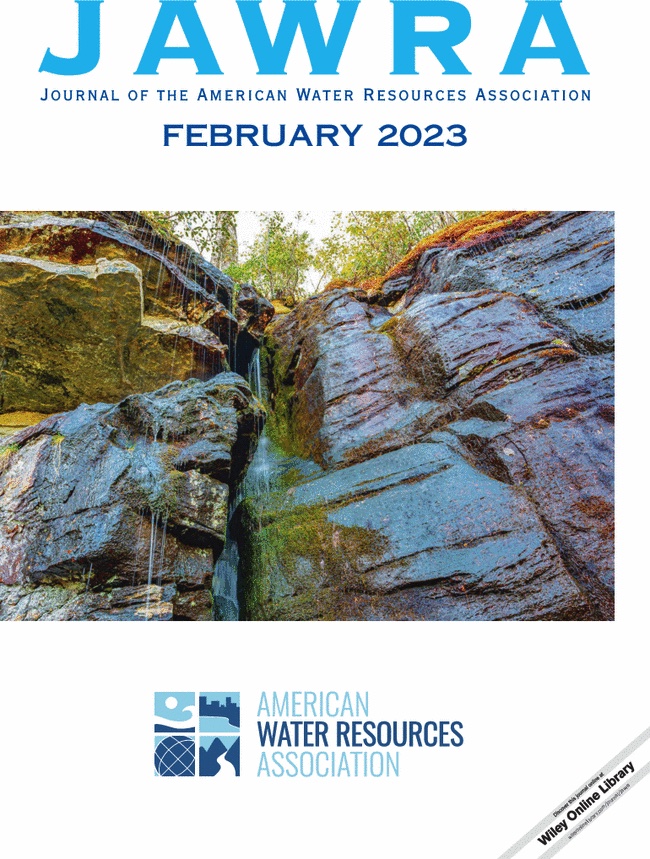JAWRA publication

A new publication in the Journal of Hydrology (Mascaro et al. 2023) explores the implications of climate change on the future streamflows in the Colorado River Basin. Congratulations to authors associated with the Center for Hydrologic Innovations!
- Abstract: The National Water Model (NWM) will provide the next generation of operational streamflow forecasts across the United States (U.S.) using the WRF-Hydro hydrologic model. In this study, we propose a strategy to calibrate 10 parameters of WRF-Hydro that control runoff generation during floods and snowmelt seasons, and due to baseflow. We focus on the Oak Creek Basin (820 km2), an unregulated mountainous sub-watershed of the Salt and Verde River Basins in Arizona, which are the largest source of water supply for the Phoenix Metropolitan area. We calibrate the model against discharge observations at the outlet in 2008–2011, and validate it at two stream gauging stations in 2012–2016. After bias correcting the precipitation forcings, we sequentially modify the model parameters controlling distinct runoff generation processes in the basin. We find that capturing the deep drainage to the aquifer is crucial to improve the simulation of all processes and that this flux is mainly controlled by the SLOPE parameter. Performance metrics indicate that snowmelt, baseflow, and floods due to winter storms are simulated fairly well, while flood peaks caused by summer thunderstorms are severely underestimated. We suggest the use of spatially variable soil depth to enhance the simulation of these processes. This work supports the ongoing calibration effort of the NWM by testing WRF-Hydro in a watershed with a large variety of runoff mechanisms that are representative of several basins in the southwestern U.S.